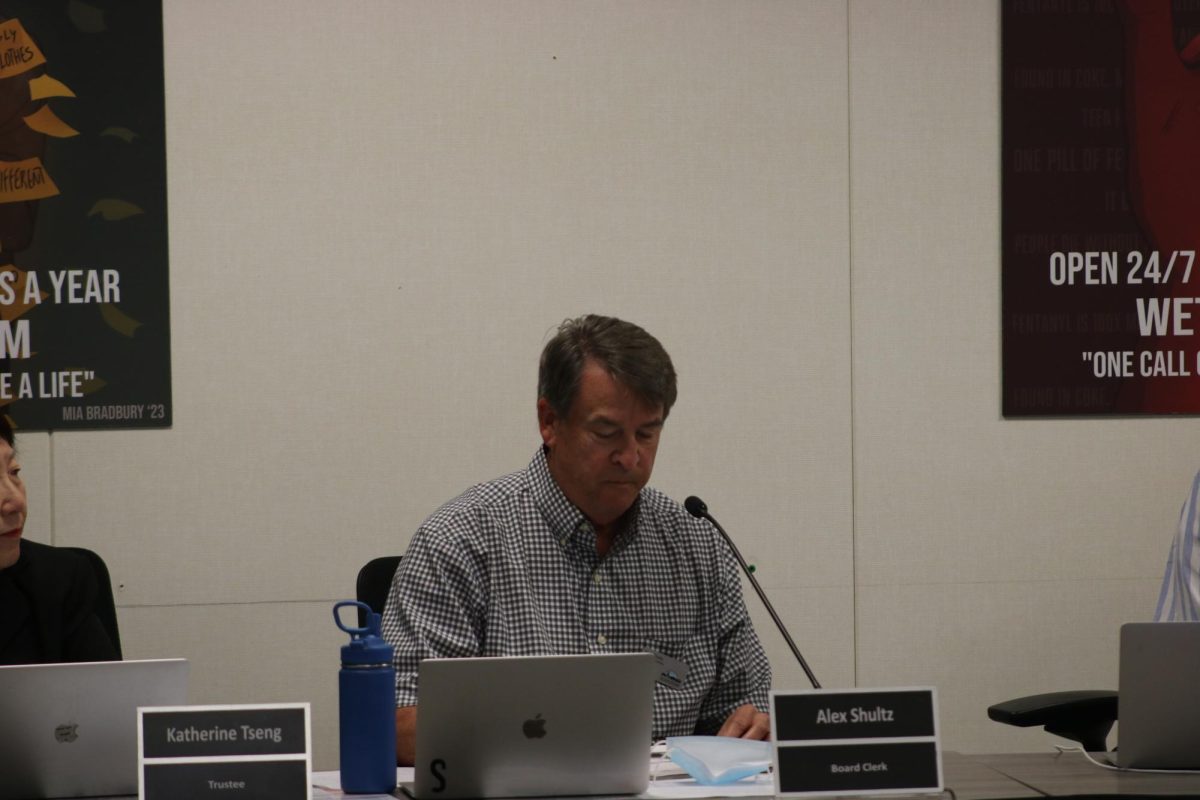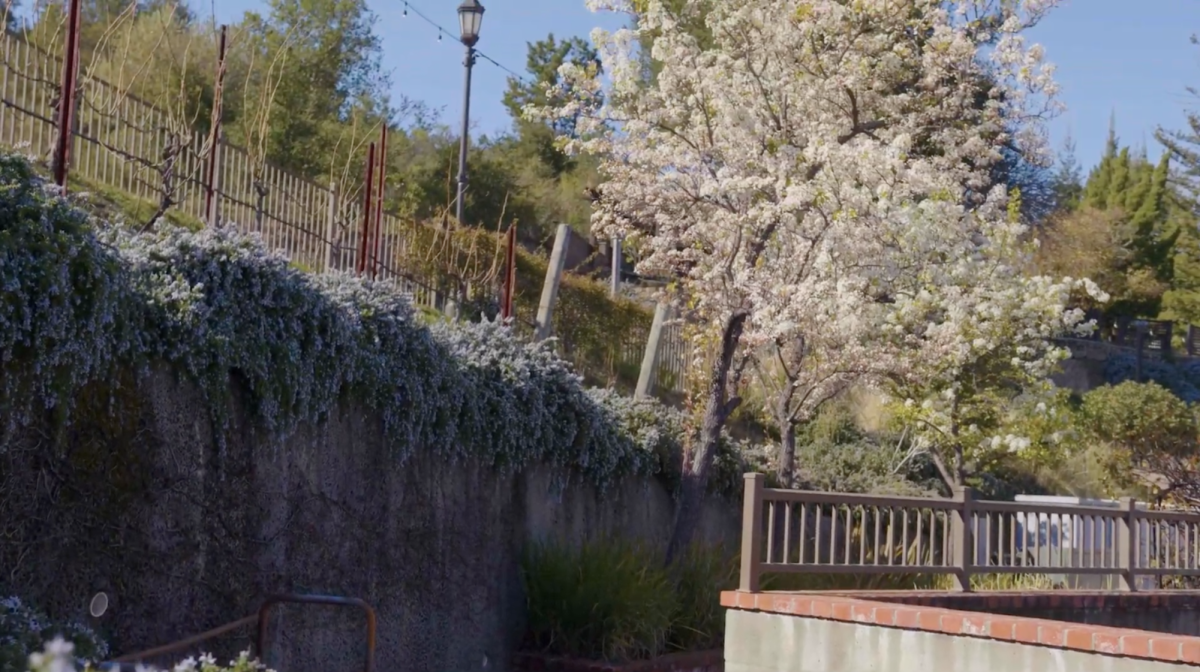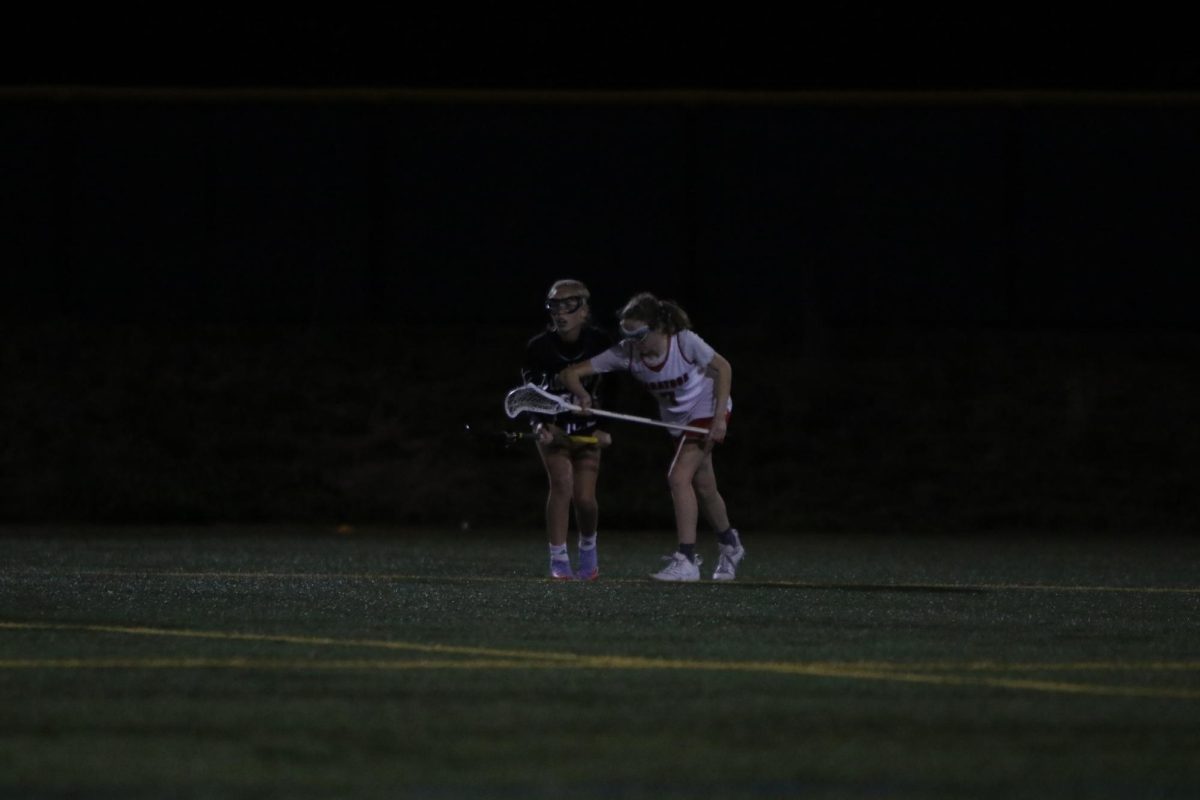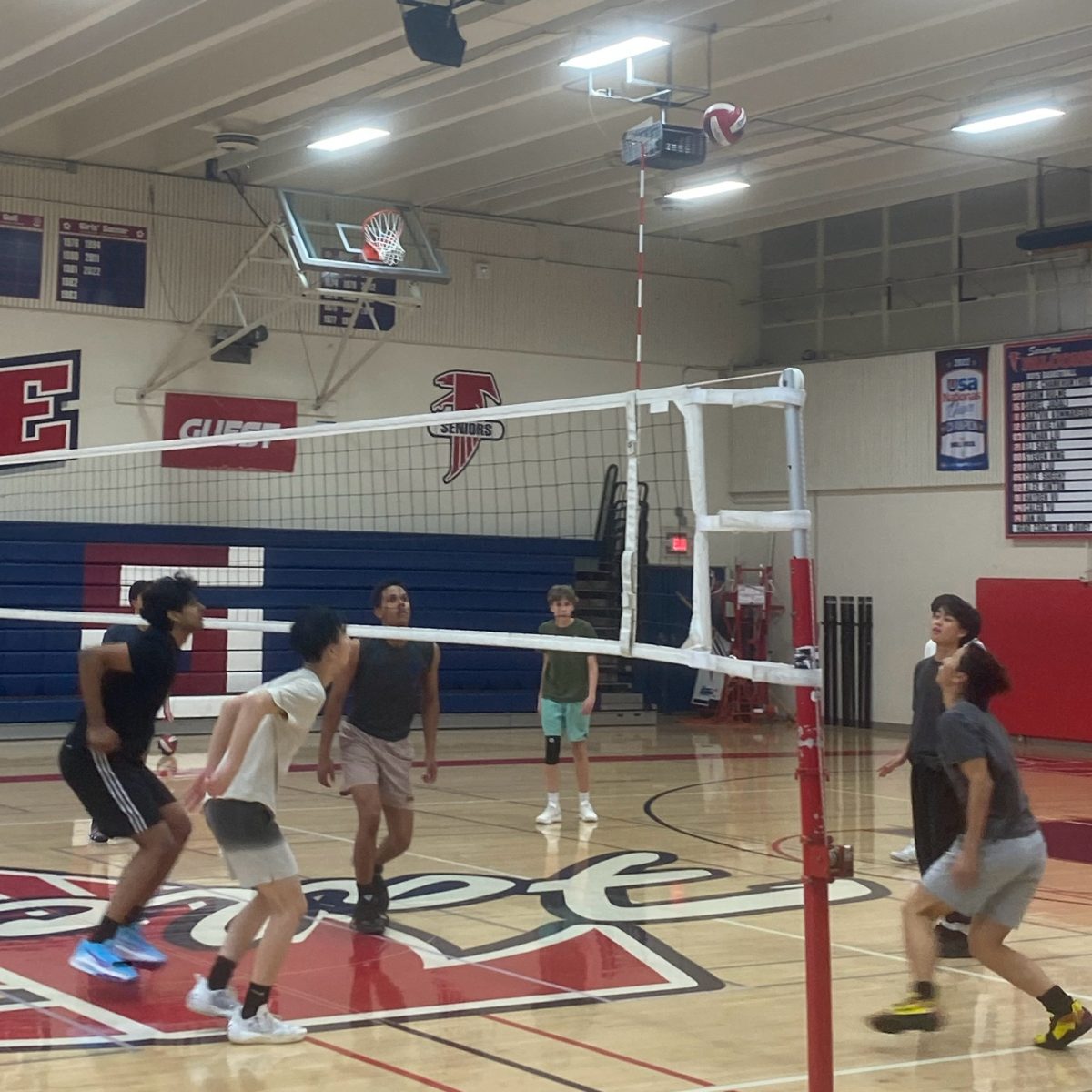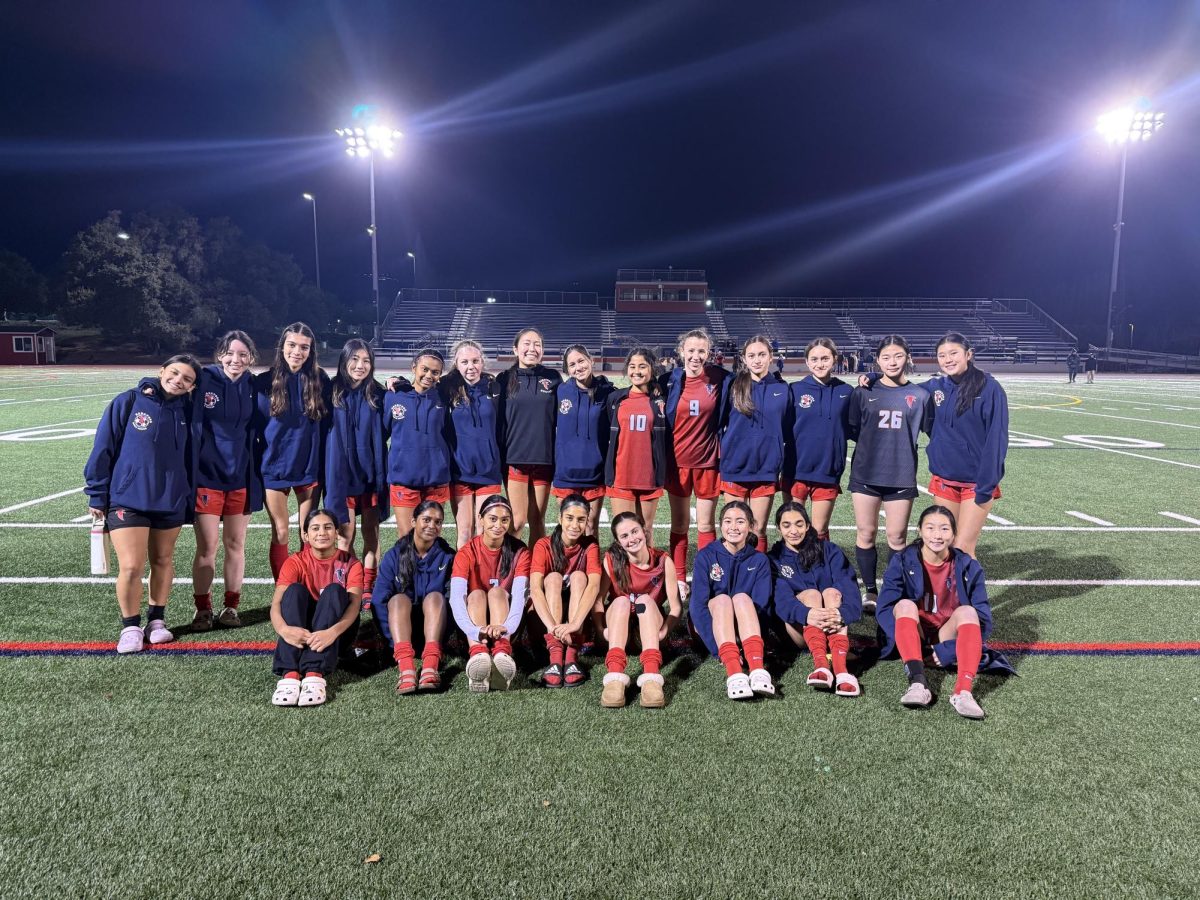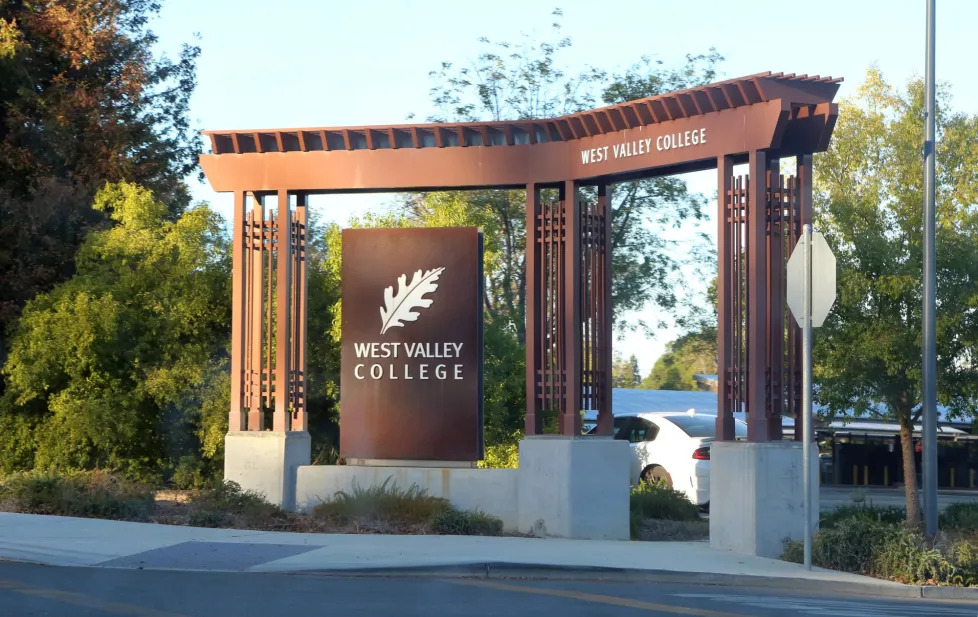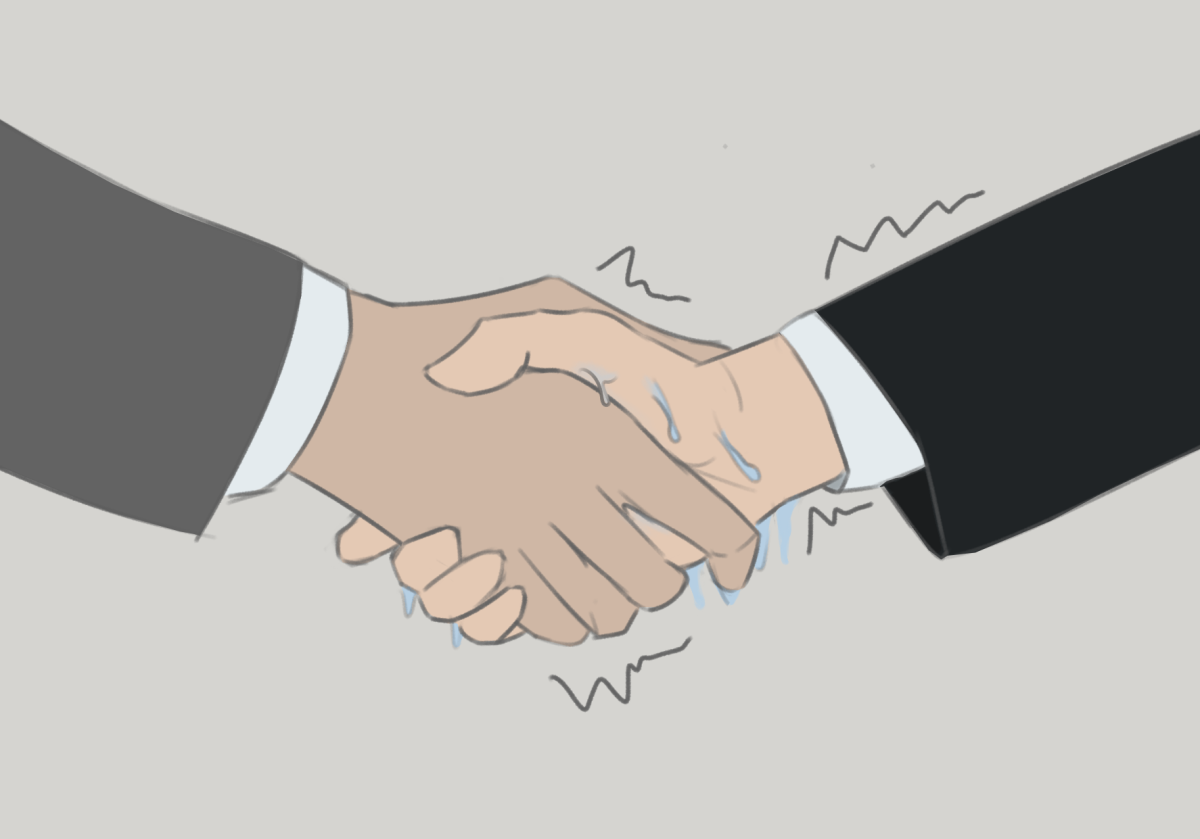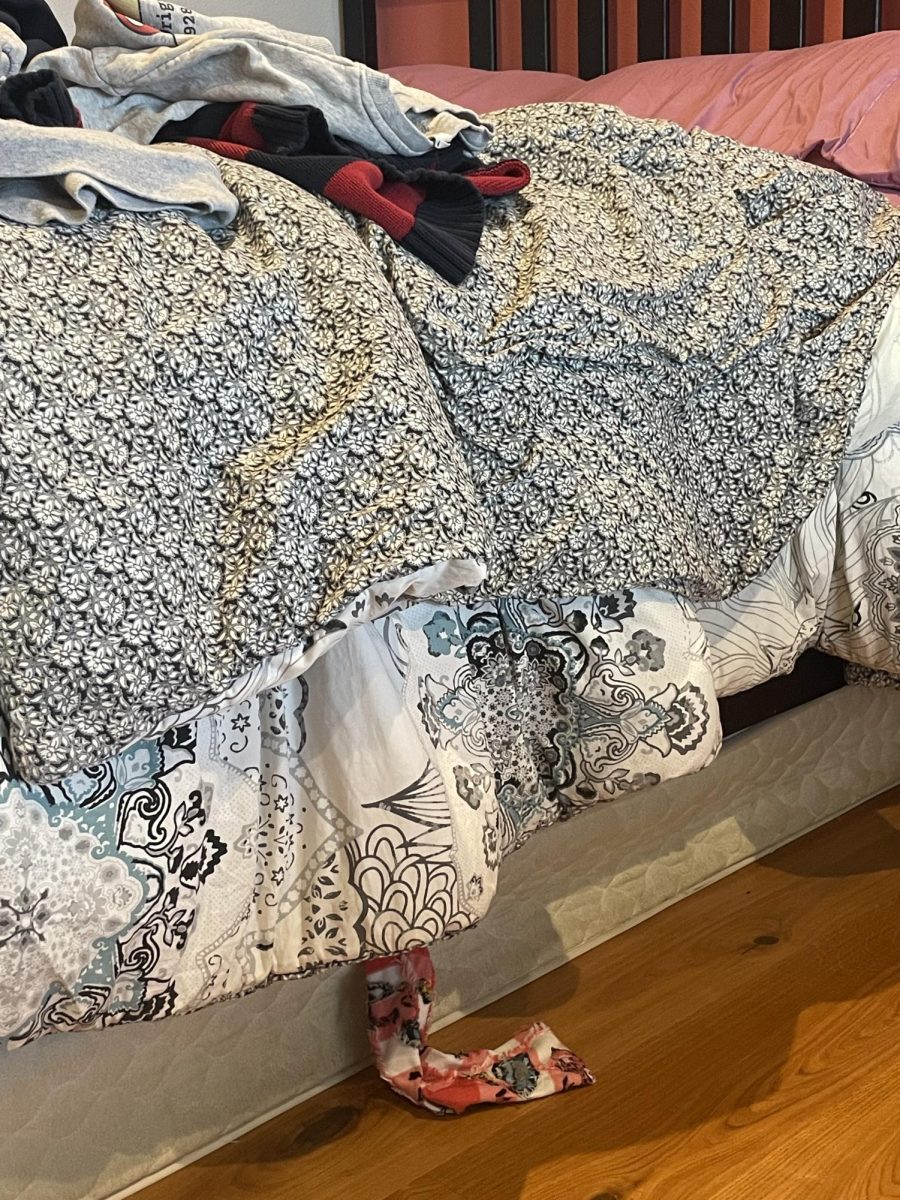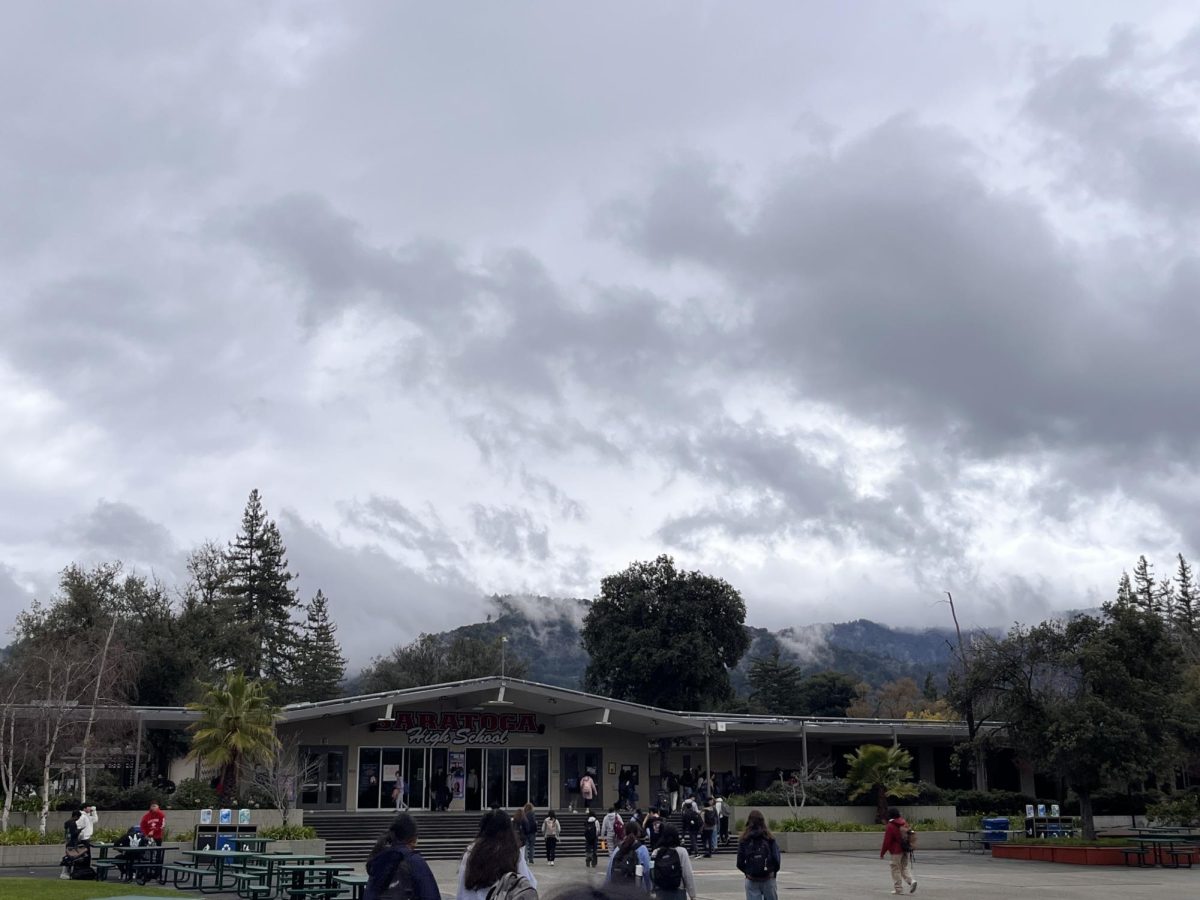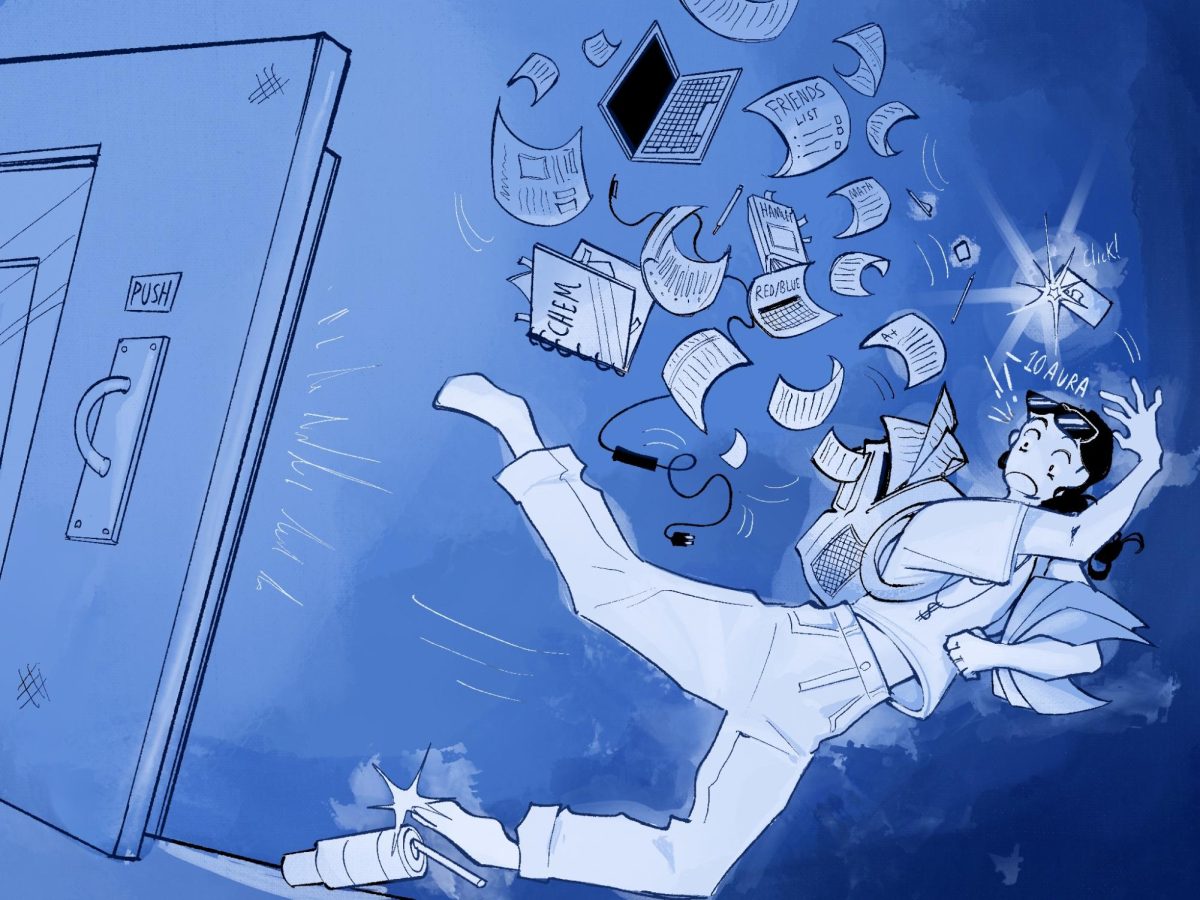For the first time this year, the school’s MSET Robotics Organization’s four First Technical Challenge (FTC) team robots battled against each other as part of a full day in-house scrimmage on Oct. 27, each robot playing with a unique strategy in mind.
Team 6165 Cuttlefish, including senior Sahaj Rustogi as software lead and sophomore Aditya Thirumalai as management lead, won the intense competition held in the MAP Annex along with the opportunity to host the Saratoga Qualifiers, the first FTC tournament of the season, directly at the school.
The scrimmage, resembling an actual robotics FTC competition, evaluated nine different categories to make the determination for the host team, which is the team responsible for setting up the Saratoga Qualifier and staffing or recruiting it with volunteers for the qualifier level. The host team receives automatic advancement to regionals as hosting a qualifier takes months of organization.
The categories the teams were evaluated in included: presentation of their notebook — documenting what the team accomplished technically and non-technically throughout the season, Outreach — what a team does to spread STEM and FIRST ideals to the community and beyond, Game Play — how well the robot performs, Team Dynamics — how well a team communicates with each other, Judging Session — judges evaluate the team’s progress throughout the season as well as their notebook and if they have done any outreach, and others.
Although there wasn’t a full event worth of games, it gave members a lot more exposure to an FTC competition setting. Typically, there are five or six rounds of qualifying matches, followed by three rounds of at least two matches in the eliminations and three matches each in the semi-finals and finals.
Volunteer Dianne France, the lead organizer for the Saratoga Qualifier competition, said that scrimmages benefit teams by helping them prepare for real tournaments and set earlier deadlines to complete their goals.
“[Scrimmages] force them to get to a point in their build season where they’re ready to put a robot on the field that functions,” France said. “Especially with teams that have all rookie members, it’s hard to get things done productively if you don’t have an end date.”
In order to mimic a real tournament, France and other senior mentors allotted time during the scrimmage for team robots to be inspected and a mock judging session.
The robots then played on the real playing field as if it was a real competition with two robots versus the other two robots.
According to France, all senior mentors meet a week in advance to discuss any potential improvements they could make from the previous year.
For example, they moved the scrimmage location from the small FTC room to the MAP Annex to leverage the most space.
France said that teams tend to treat the competition fairly seriously, as if winning the scrimmage automatically qualifies them for the Northern California regional championship.
Cuttlefish hardware lead junior Riya Jain explained how her and her team worked day and night to prepare for the scrimmage.
“We didn’t sleep,” Jain said. “We got our game challenge at the beginning of September, and from there, we set weekly deadlines for what we wanted to accomplish. Working off of that, we were able to accomplish what we wanted by competition day.”
According to Jain, the event was a great opportunity to simulate an actual competition before the real qualifying event, as they were able to practice everything for an actual qualifying event ahead of time.
Furthermore, the Cuttlefish learned which aspects of their team and their robot itself were the weakest and would not be able to withstand the stress of competition.
Now, they, as well as other teams, will be able to strengthen those areas by their actual deadline.
“I would tell other teams to reflect on what went well and what could have been better, and then based on that, set deadlines to improve the weak aspects and reinforce the strong aspects by your next competition,” Jain said. “Being able to improve everything ahead of time will really give you an advantage.”
At the end of the event, the senior mentors gave feedback to each team, pointing out not only successes but also weaknesses for the team to improve on ahead of their first tournament, which occurred on Nov. 17.
“I think what went best is to see each of the teams have their own successes,” France said. “One team in particular was struggling with their autonomous program, but the first time it worked well, the whole team went crazy and everybody was cheering really loud. That’s a really a big win for us when it happens, because it is the icing on the cake that what we did really made a difference for the teams, and that they’re ready for their upcoming events.”




